British Architectural History 2 – Medieval
Categories: British Architectural History
Medieval Architecture – Churches and Castles
The Medieval period (1066-1485) is significant in history for marking the dawn of a new age in Britain. With William the Conqueror succeeding at the Battle of Hastings, every aspect of the previous Anglo-Saxon kingdom was transformed. With the aim of impressing upon his new subjects the power and religious dedication of the Normans, the building of churches and castles dominated the landscape.
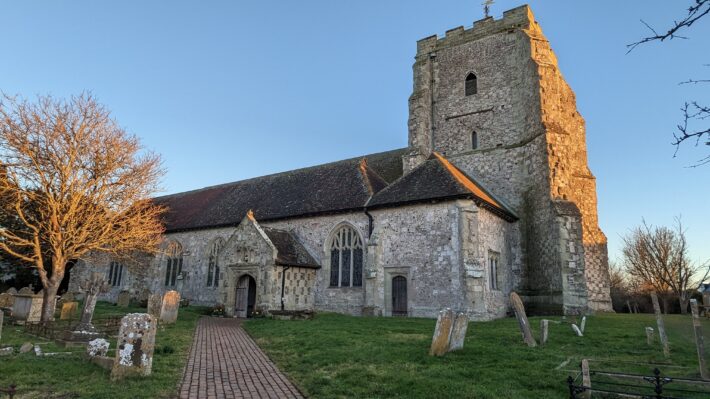
Although the Romans, the dominant power in England until 410AD, did leave an architectural legacy (namely forts, walls, aqueducts and baths) after the collapse of the western empire, the majority of these stone structures would’ve fallen into disrepair. The Anglo-Saxons invaded shortly after the Romans left and had their own methods of construction, their buildings being mostly of wood. They wouldn’t have had the technical knowledge, or probably the inclination, to maintain, let alone construct, stone edifices. As a result, many of the Roman buildings became simply ruins and had no particular impact on the architectural designs of the following generation. The Romans’ incredible technologies would not be utilised in Britain for hundreds of years. The next period of time, Early Medieval (410AD-1066) leaves us with little. There’s a lack of understanding of this time, the so-called Dark Ages, and the buildings were mostly constructed of wood, so architectural remains are scarce. It was only with the introduction of Christianity did the people of Britain begin to build in long-lasting stone. Although a limited number of these early churches exist, they are mostly ruins. It is not until the Normans invaded that British architecture can really be seen to flourish.
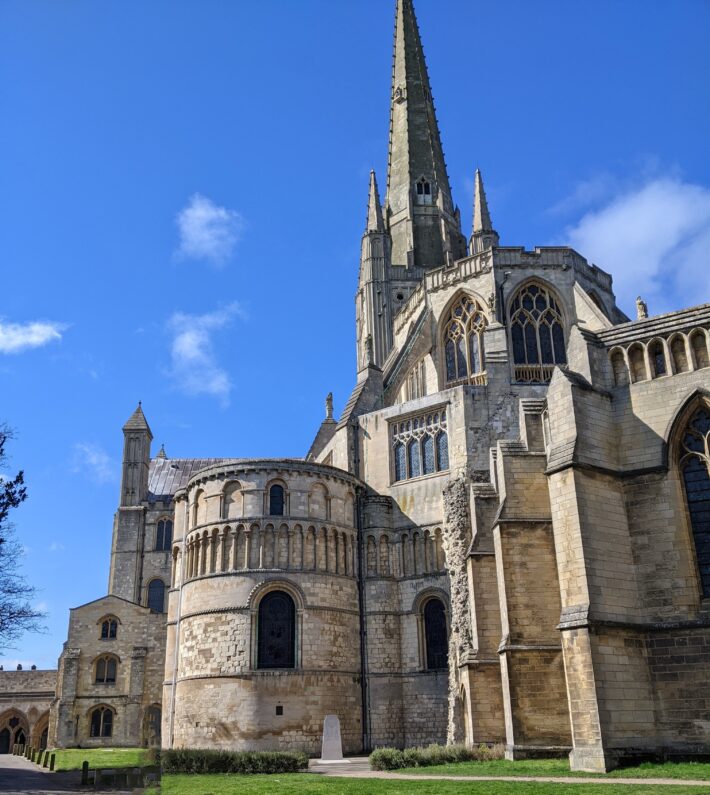
The Norman Style – Romanesque
The Normans brought with them a new way of building, which had its origins in Roman architecture – the Romanesque style. Religion was the driving factor in almost every area of life, and so the majority of buildings constructed during the Norman architectural period, the 11th and 12th centuries, were churches, along with the more crucial castle for protection. Using techniques, and materials, inherited from the continent, these buildings utilised the Roman round arch as a structural and decorative feature. The arch allowed the development of early vaulting (tunnel/barrel), supported by heavyset piers arranged in an arcade format, creating spaces that spanned wider and wider distances. The key attributes of the Romanesque/Norman style of architecture, along with the semi-circular arch, includes thick masonry walls and small windows. These were necessary considering the people of Britain were unfamiliar with working in stone, they were stretching their structural abilities to the limit and so tried to minimize the potential risk of collapse. The results were solid walls, immense masses of stonework and tiny window apertures. Examples of such buildings include the White Tower at the Tower of London, built for William the Conqueror in the 11th century as a stronghold as well as a symbol of his power, and Durham Cathedral, whose nave is the epitome of this style. The ability to produce buildings in stone, with such high and wide proportions, was a milestone, one that influenced architecture for centuries.
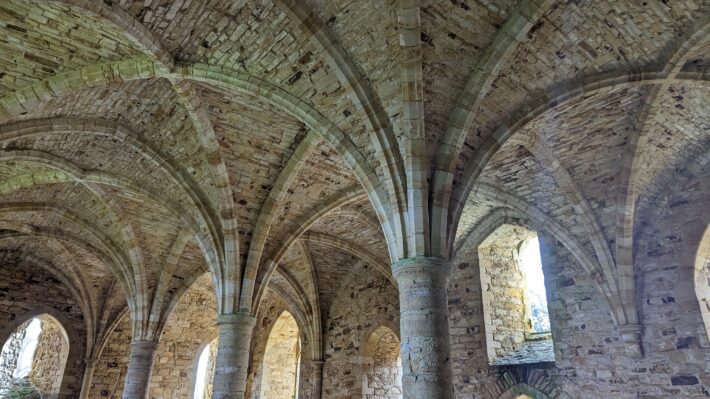
Gothic Architecture
Towards the end of the 12th century, another style was evolving, Gothic, a term introduced by Renaissance critics for a type of architecture that they thought barbaric. However, Gothic buildings are seen today as one of the most magnificent in history. The soaring cathedrals of this period are still as awe-inspiring now as they were back then. The engineering innovativeness and ornate decoration are wonders to behold. The style developed in Paris, and cathedrals such as Notre Dame epitomise the aesthetic. Britain’s relationship with the continent was growing ever stronger and the influence of the ideas developed there soon spread throughout the country. The three features which historians agree are characteristic of Gothic architecture are; the pointed arch, ribbed vaulting and external buttresses, chiefly the flying buttress. These structural innovations, which were experimented with in the preceding Romanesque period, enabled buildings to stretch higher and higher, toward heaven, dominating their local landscapes. The engineering skill of the Gothic masons meant that supports could be slimmer and windows could be larger. The overall effect of these buildings is one of lightness, especially in comparison to the earlier Norman constructions.
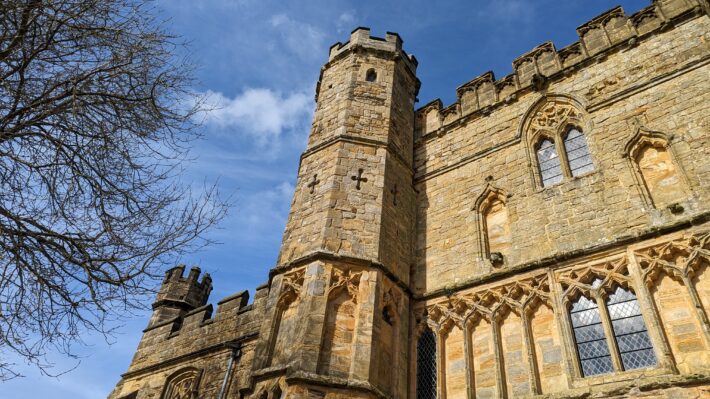
At the beginning of this period, buildings are considered ‘Early English’. Cathedrals and churches are adorned with simple decoration and tall, narrow lancet windows feature in their elevations. Later, the Gothic style becomes ‘Decorated’. The introduction of the chisel to the stone masons’ tools allowed a greater degree of detail in their work. Intricate ornament and elaborate curvilinear stone tracery windows are common, as well as complex vaulted ceilings. In a time when literacy was uncommon, the stone masons utilised their skills to illustrate the stories of the Bible, and to great effect. The west front of many cathedrals are spectacular in the sculpture of religious figures. The final phase of Gothic in Britain is termed ‘Perpendicular’, and lasted approximately until the 16th century. This style features a more rectilinear approach to decoration with strong vertical and horizontal lines emphasized within large windows and wall panelling, a look that the Tudors inherit in their architecture. A fantastic example of Perpendicular Gothic can be seen at King’s College Chapel, Cambridge.
The knowledge of materials and technological innovations gained through the medieval period was to be the foundation for later styles. The widespread use of stone in British buildings and the development of our structural abilities can be traced from these earlier architectural techniques, and so we are indebted to medieval architects for our contemporary capabilities and designs.

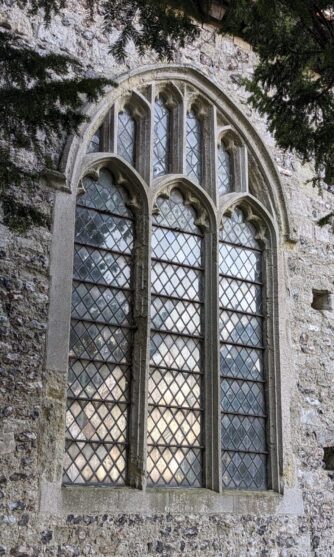
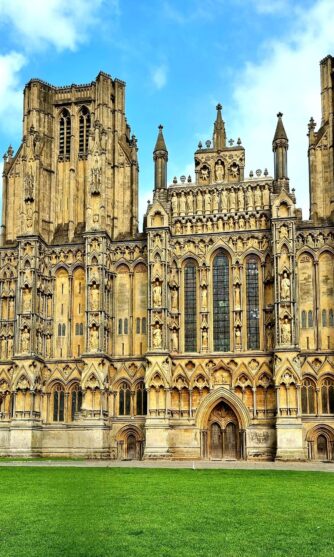
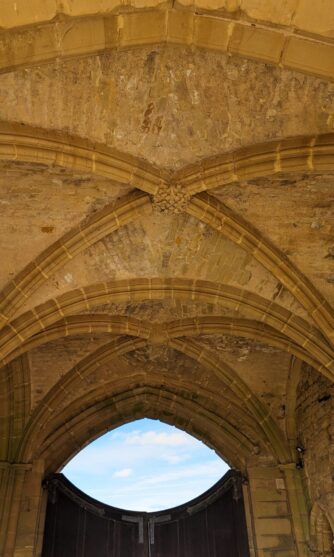
Comments are closed.